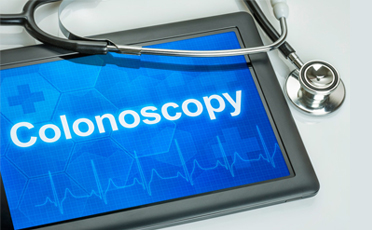
For the study, the researchers considered 42,569 colonoscopies with pathology records from 13 medical centers. From this group, 750 paired colonoscopy and pathology reports were randomly sampled and compared by human reviewers utilizing 19 measurements related to quality and procedure interval determination. Meanwhile, the remaining 41,819 paired reports were processed through NLP using the same 19 measurements. The critical study results are given below.
- The error rate within 500 test documents was 31.2% for NLP and 25.4% for the paired annotators.
- The error rate was 3.5% for NLP and 1.9% for the paired annotators at the content point level within the test.
- While removing eight vaguely worded documents, 125 of 492 (25.4%) were incorrect by NLP and 104 of 492 (21.1%) by the initial annotator.
- For majority of measurements, the rates of pathologic findings calculated from NLP were similar to those calculated by annotation. Test set accuracy was 99.6% for CRC. In the case of adenoma, the test accuracy was 95% for advanced adenoma, 94.6% for non-advanced adenoma. When it comes to polyps, the accuracy was 99.8% for advanced sessile serrated polyps, 99.2% for non-advanced sessile serrated polyps, 96.8% for large hyperplastic polyps, and 96.0% for small hyperplastic polyps. High accuracy of 87.0 to 99.8% was shown for lesion location while accuracy for number of adenomas was 92%.
Thus, NLP was proved to be an efficient way to accurately track the documentation errors and complications or symptoms related to cancer to ensure the quality of colonoscopy performed.
How NLP Complements EHR Documentation
Compared to speech recognition that simply converts spoken words into digital text, NLP gathers the meaning behind those words. NLP is therefore crucial for the preservation of important narrative information that could be lost through structured documentation with electronic health record or EHR system. Though structured documentation created through templates is easy to analyze and understand, it does not capture the nuances of each unique patient’s condition. Natural speech documentation capture combined with NLP provides the opportunity for physicians to capture the complete story of each patient with all subtitles and make all the clinical facts available for the EHR system to operate in an optimal manner. In this way, NLP combines the best of structured and narrative documentation and helps physicians to ensure that patients’ medical records are comprehensive.
Natural language processing also complements EHR transcription (which involves filling the EHR fields with transcribed data) by reducing the effort to create narrative description. However, NLP requires someone to review the data produced and ensure all clinical documentation is tagged and parsed into the correct EHR fields. Thus, it changes the role of transcriptionists from that of mere transcribers to data reviewers/validators.


